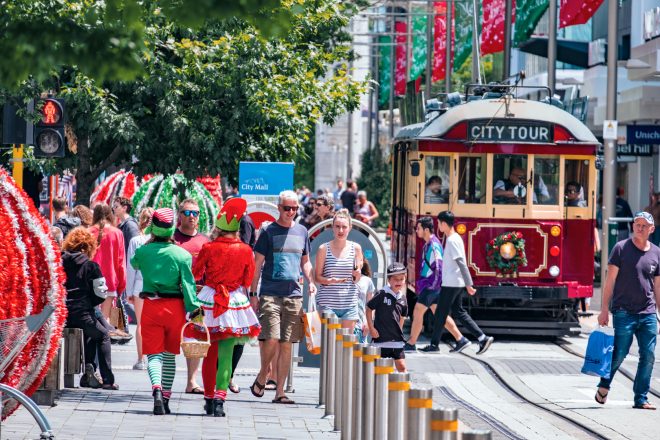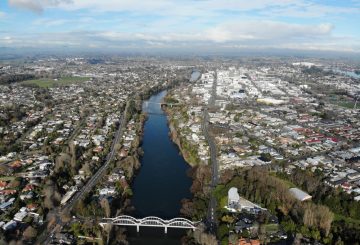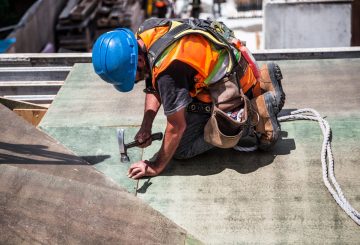食料品、家具、電子機器への支出は2019年12月と比較してニュージーランドの2020年12月の売上高を後押ししたが、宿泊費と燃料支出は低かった、と国の統計部門統計局は火曜日に述べた。
統計ニュージーランドによると、リテールカードの総支出額は、2020年12月には3.5パーセント増加し、2019年の同期間と比較して2億5000万ニュージーランドドル(178百万米ドル)増加した。
2020年12月四半期において、電子カードを使用した小売カードの実際の支出額は200億ニュージーランドドルであり、2019年12月四半期と比較して 4.3% 増加した、と統計が示しました。
2020年12月の6つの業種のうち4つの小売支出は、2019年12月と比較して、食料品や酒類、家具、ハードウェア、家電製品などの長持ちする商品の売り上げが高くなっていると述べた。
統計ニュージーランドによると、実際のところでは、食料品や酒類への支出は、小売業界が7.5パーセント上昇した最大の増加率でした。
小売統計マネージャーのCraig Liken氏は、「食料品と酒類への継続的な支出は、夏休みの最初の月と一致しています」と声明で述べた。
「携帯電話やラップトップなどの家具や電気製品の増加は、クリスマスプレゼントやボクシングデーの販売中にキウイが費やしていることを反映しています」とLiken氏は語った。
4月と5月のロックダウン制限による大小康状態にもかかわらず、耐久財、家具、ハードウェア、家電などの長持ちする商品の年間カード支出は5パーセント増加した、と統計ニュージーランドは述べた。
ホテル、モーテル、その他の宿泊施設への支出は32%減少した、と彼は言った。
「宿泊費の低額は、COVID-19の旅行制限のために国際的な観光客の不足と一致します」とLiken氏は語った。
対照的に、外食への支出は昨年の同時期と比較して1.8パーセント増加した、と統計NZは述べた。
「夏休みの間に国際旅行ができないキウイは、国内観光をもたらし、外食への支出の増加を見ている」とLiken氏は語った。
燃料産業支出は12パーセント減少したと彼は言った、燃料支出の追加は、主に燃料価格の下落のために、昨年の同じ時期と比較してXNUMX月のロックダウン以来低くなっています。
2020年の年間リテールカードの年間支出額は680億ニュージーランドドルで、2019年から 0.2% 減少したと統計が示しました。
「総支出は2019年に似ていますが、ホスピタリティや燃料への支出が少なく、食料品、家具、電子機器への支出が増え、支出パターンが変化しました」とLiken氏は語った。
食料品、家具、電気およびハードウェア製品への支出は、2020年12月四半期の支出の全体的な増加を左右した、と彼は述べた。






























































